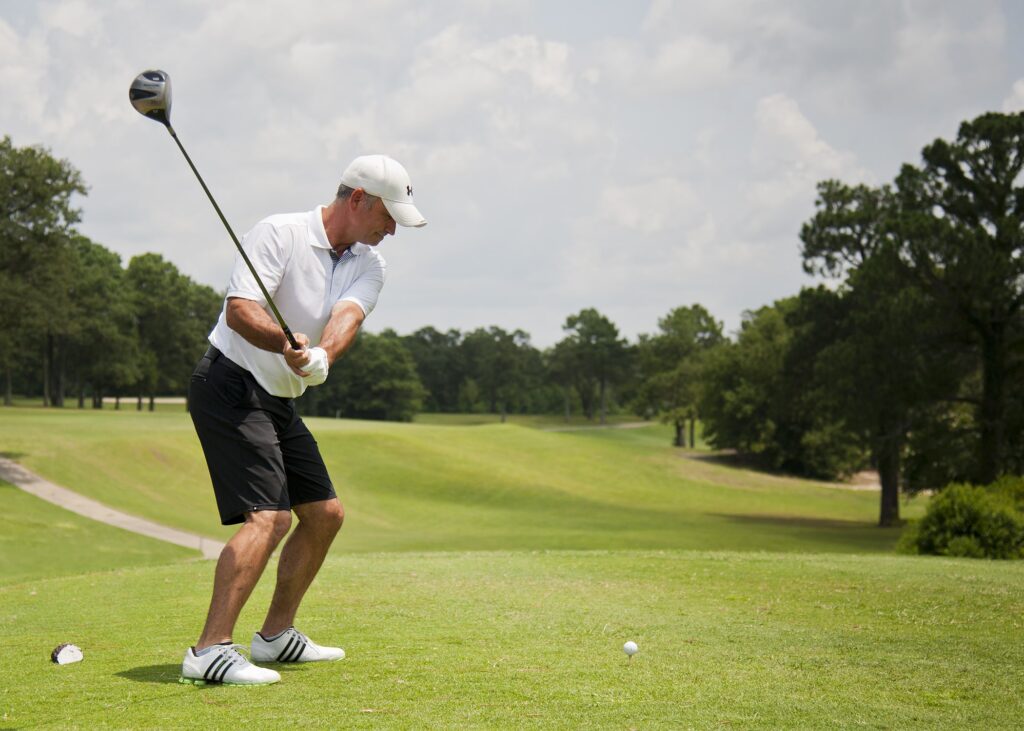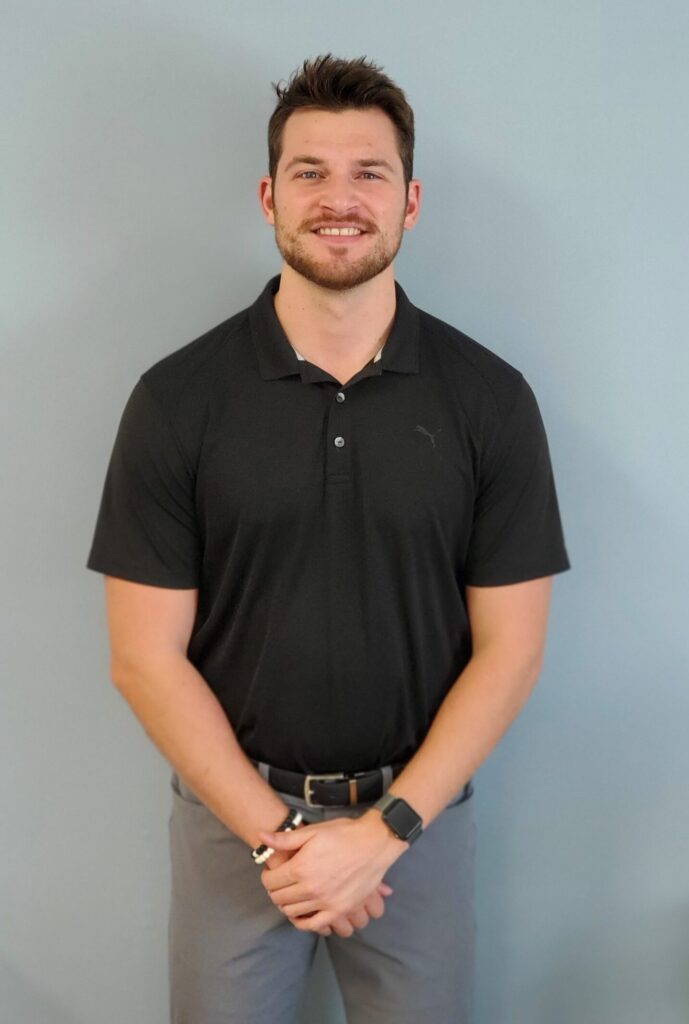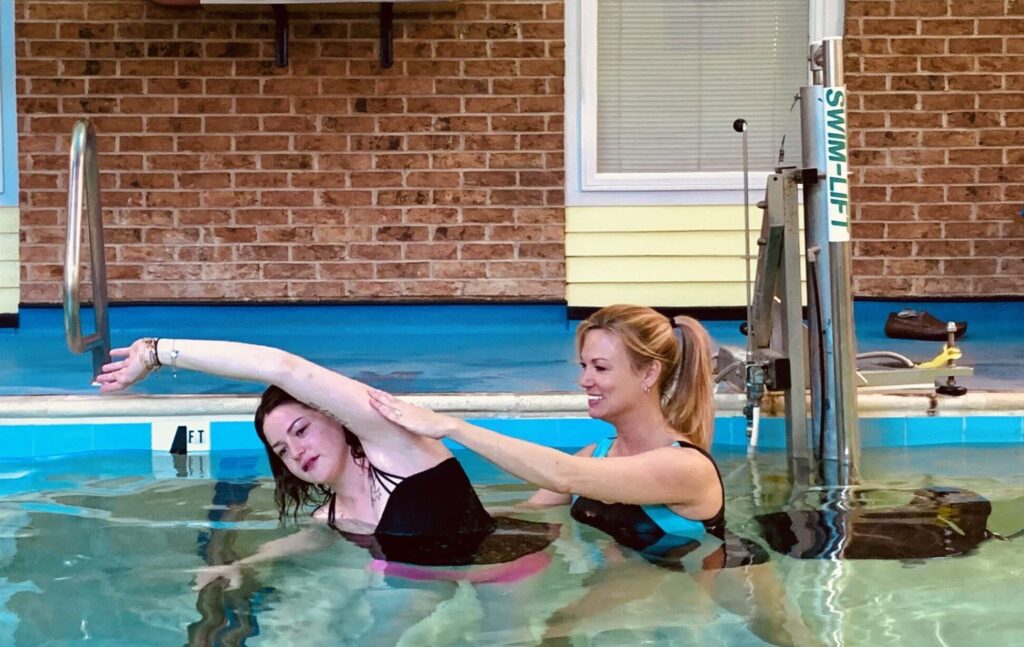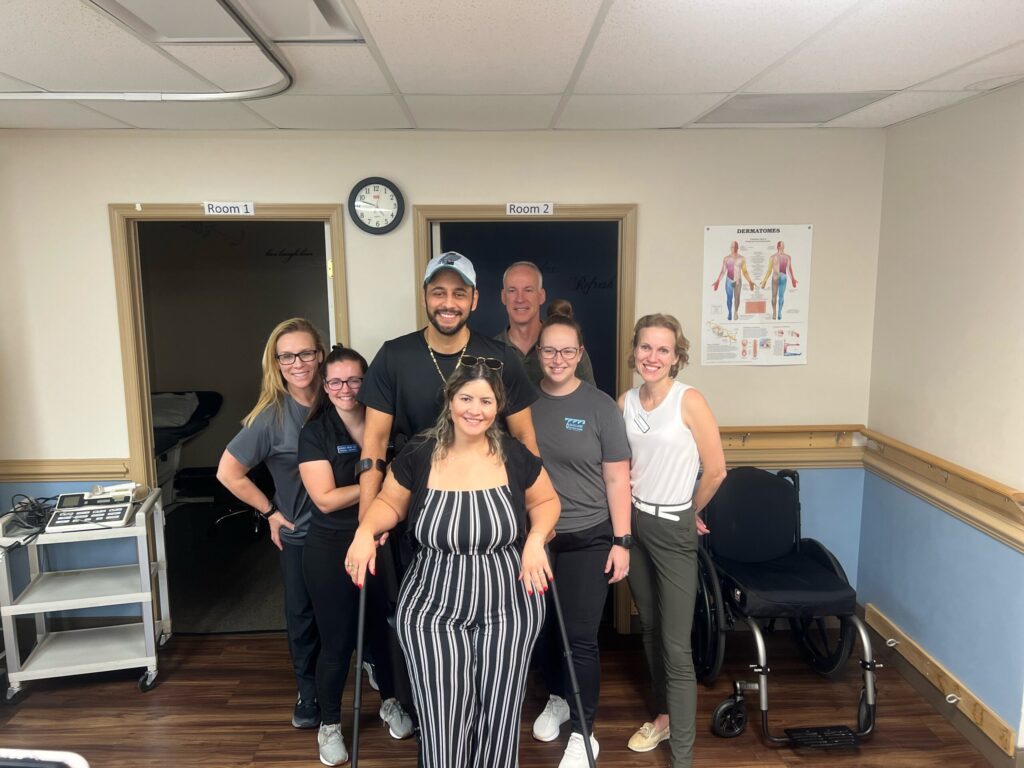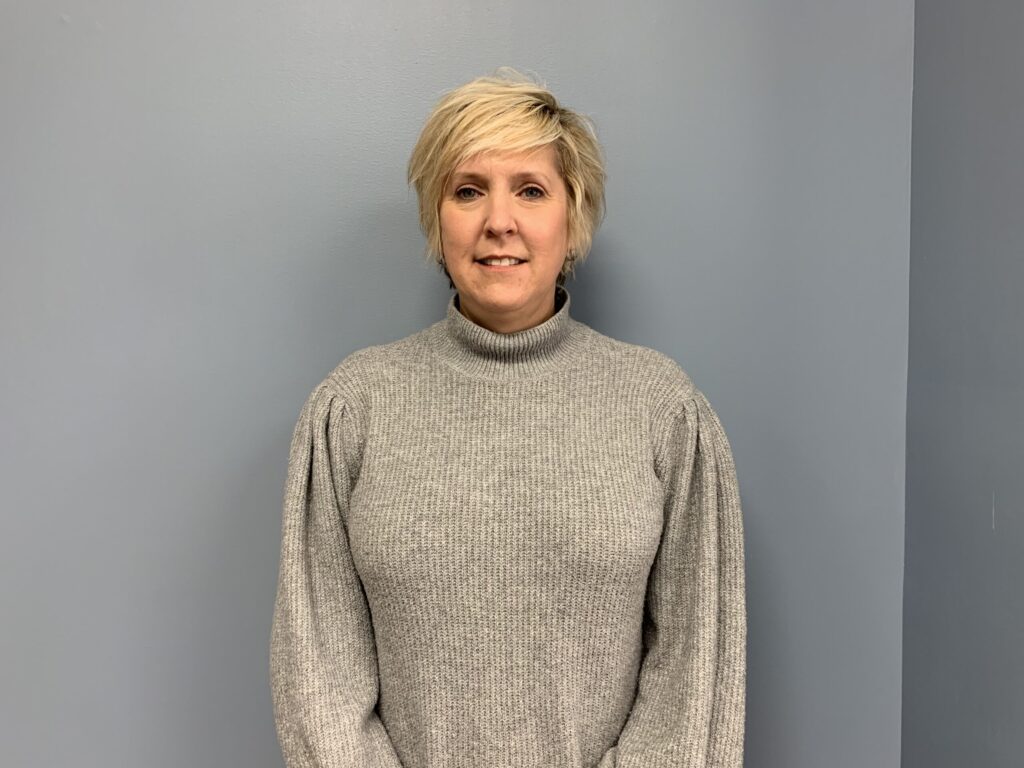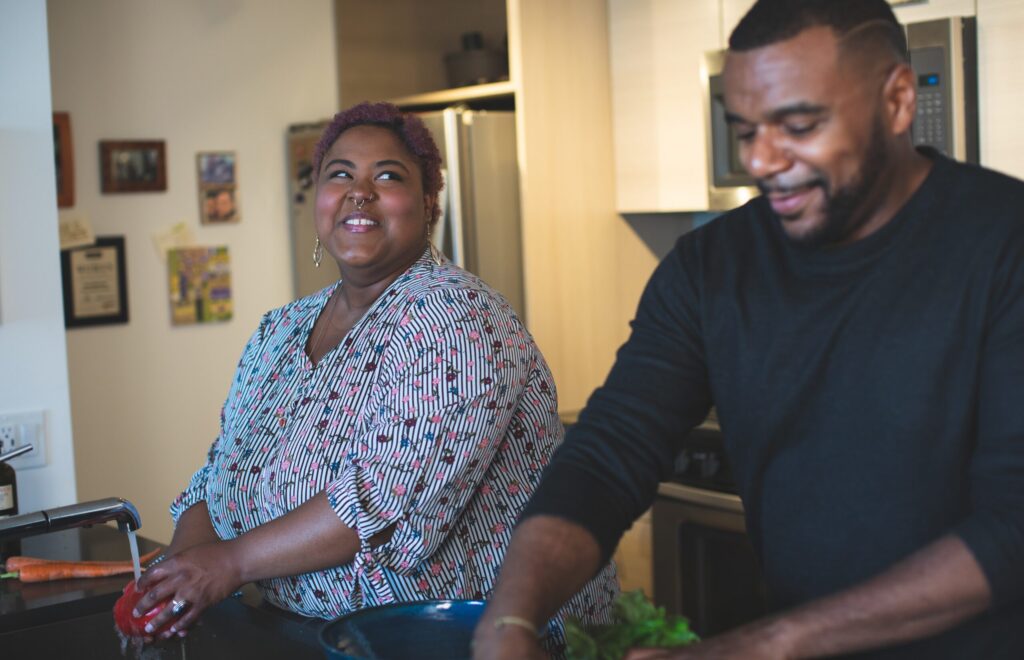
Know the Signs, Symptoms, and Key to Success After Having a Stroke!

Have you or someone you know had a stroke?
A stroke, also known as a cerebrovascular accident, is a disease that affects the arteries leading to and within the brain which can deprive the brain of oxygen by either blood clots or ruptures of an artery.
Different types of strokes can occur. The most common type of stroke is an ischemic stroke which is essentially a blood clot occurring within the arteries, causing a lack of blood supply to the brain cells. The second type of stroke is called a hemorrhagic stroke. This occurs when the artery walls are too weak to support blood flow and cause a rupture/bleed within the brain.
What are some common risk factors that could lead to a stroke?
According to the American Stroke Association, a stroke is the 5th cause of death and a leading cause of disability in the United States. Here is a list of some of the most common risk factors:
- High Blood Pressure
- Smoking
- Diabetes
- High Cholesterol
- Heart disease
- Obesity
- Aging
- History of prior stroke or TIA
*It is important to note that most of these risk factors can be influenced my healthy lifestyle choices!
How can I tell if someone I know is experiencing a stroke?
Simple, think F.A.S.T.!
F= Facial drooping
A= Arm Weakness
S= Speech Difficulty
T= Time to call 9-1-1
These are some of the most common symptoms people can experience before having a stroke and time is extremely important when experiencing a stroke. The quicker this is diagnosed and addressed with medical attention, the better the prognosis which could lead to a reduction in motor, cognitive, and speech impairments.
What are the signs that someone may need therapy after a stroke?
Strokes have many different appearances depending on where the injury in the brain was located. Stokes can impair one’s speech, motor skills, coordination, posture, balance, mobility, strength, and cognition. A multi-disciplinary approach to recovery can show some of the best success if multiple areas of function were impaired. Therapy can consist of speech therapy, occupational therapy, and physical therapy.
Physical therapy can take place in several settings as well depending on the severity of the stroke and one’s presentation of impairments. Different PT facilities include inpatient rehabilitation, subacute rehabilitation, skilled nursing facility, home health rehabilitation, and outpatient rehabilitation.
How can Aquacare Physical Therapy Help YOU?




